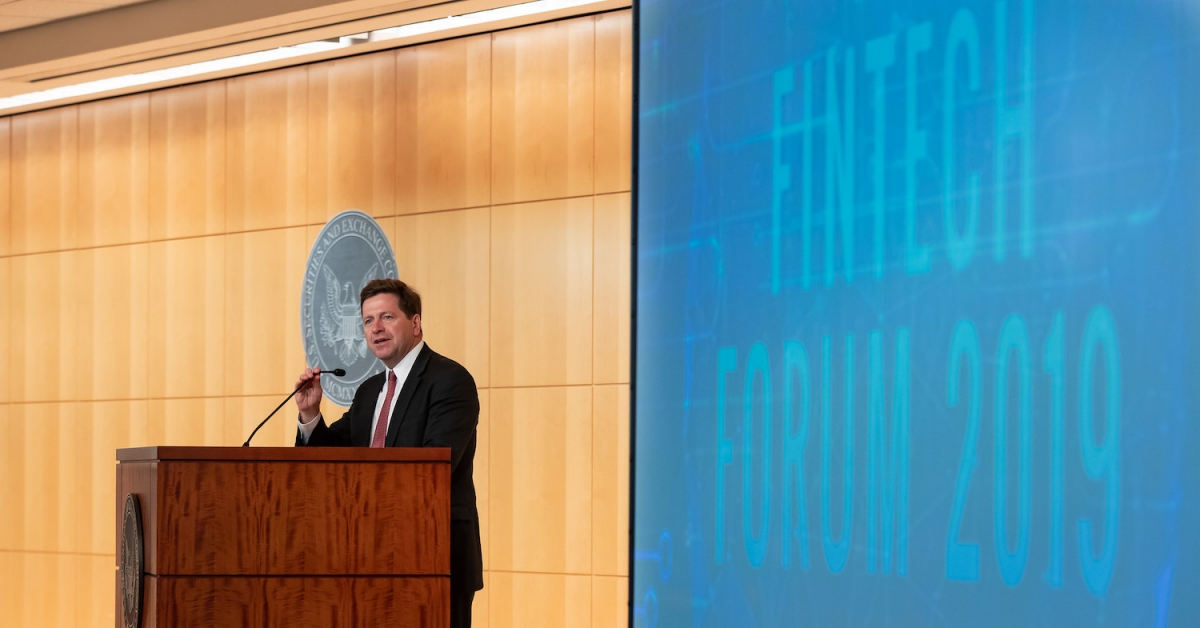Can CBDCs, Tokenized Deposits, Stablecoins and DeFi Coexist?
Decentralized finance (DeFi) is booming, and the FTX exchange collapse has thrown a spotlight on the urgent need for safer, more efficient systems in the crypto market. So how can governments, financial institutions and DeFi-native groups meet this challenge?
The answer lies in exploring viable alternatives including central bank digital currencies (CBDC), tokenized deposits and fiat-backed stablecoins. Each instrument comes with its pros and cons, but can they coexist within the evolving DeFi space? Trust and ease of redemption for payment transactions will be the key.
Yiannis Giokas is the senior director for product innovation at Moody’s Analytics.
CBDCs are digital versions of a country’s legal tender, issued and regulated by the central bank. They offer efficiency of payment and direct translation of monetary policy, but also raise privacy concerns, technological challenges and could disrupt traditional banks.
Tokenized deposits are digital representations of deposits held at a financial institution, converted into easily transferable and accessible blockchain tokens. They promise improved liquidity, efficient cross-border transactions and fractional ownership. However, tokenized deposits also carry risks associated with the issuing institution, are subject to regulatory scrutiny and may not be accessible to all.
Fiat-backed stablecoins are digital assets collateralized by a mix of cash and securities in a specific currency – most commonly the U.S. dollar, offering stability and minimal price fluctuations. They can play a crucial role in crypto trading and DeFi applications but contain risks related to centralization, transparency and regulatory uncertainty leading to mixed appetites for the assets globally.
All three instruments can harness blockchain technology, paving the way for faster and more efficient transactions. They share the potential to increase accessibility and financial inclusion, particularly for underbanked or unbanked populations. Each instrument is designed to provide stability, whether backed by a central bank (CBDC), deposit protections (tokenized deposits) or underlying fiat currency reserves (stablecoins).
The key risks and caveats revolve around issuance and regulation, accessibility and restrictions, and specific risk factors. CBDCs and tokenized deposits are subject to government regulations and deposit protection rules, respectively, while fiat-backed stablecoins rely on the transparency and management of the underlying collateral.
Moreover, CBDCs and tokenized deposits may face limitations, whereas stablecoins are generally more accessible.
So, can CBDCs, tokenized deposits and stablecoins coexist within the DeFi landscape? Governments, financial institutions and stablecoin issuers are each focused on developing their own instruments and must adapt their strategies to successfully coexist.
Governments won’t easily give up monetary control but a CBDC won’t be a reality in the U.S. anytime soon and there is still a long way to go in launching one in Europe despite the political will to do so. Similarly, financial institutions will strive to maintain customer relationships by promoting tokenized deposits over stablecoin alternatives but have not yet started to roll these out commercially.
Stablecoins need experienced custodians to manage reserves effectively and must resolve transparency issues and navigate an evolving regulatory landscape. At the same time, many consumers may push back against increased government oversight of their financial activities to favor stablecoins over institutional alternatives.
In summary, the market environment continues to be fluid, and there is no clear winner on either side. Ultimately, the coexistence of CBDCs, tokenized deposits and stablecoins hinges on striking the right balance to meet customers’ needs and ensuring trust in their redemption as payment transactions. This coexistence should be driven by application, with central banks continuing to dictate monetary policies and issue money while relying on private regulated entities, such as banks, for distribution to the public.
As financial institutions and nonfinancial institutions have historically driven innovation in B2B and B2C [business-to-business and business-to-consumer] payments, they are well-positioned to prevail in the digital world, creating a harmonious ecosystem where CBDCs, tokenized deposits and stablecoins can all thrive.
The evolving DeFi landscape offers an opportunity for increased efficiency and safety. Understanding the nuances of these instruments will be crucial in determining their future roles in the global economy. Trust in their redemption as a form of payment transaction will be the cornerstone of their coexistence and success within the DeFi ecosystem.
Edited by Daniel Kuhn.
Learn more about Consensus 2023, CoinDesk’s longest-running and most influential event that brings together all sides of crypto, blockchain and Web3. Head to consensus.coindesk.com to register and buy your pass now.
DISCLOSURE
Please note that our
privacy policy,
terms of use,
cookies,
and
do not sell my personal information
has been updated
.
The leader in news and information on cryptocurrency, digital assets and the future of money, CoinDesk is a media outlet that strives for the highest journalistic standards and abides by a
strict set of editorial policies.
CoinDesk is an independent operating subsidiary of
Digital Currency Group,
which invests in
cryptocurrencies
and blockchain
startups.
As part of their compensation, certain CoinDesk employees, including editorial employees, may receive exposure to DCG equity in the form of
stock appreciation rights,
which vest over a multi-year period. CoinDesk journalists are not allowed to purchase stock outright in DCG
.
:format(jpg)/s3.amazonaws.com/arc-authors/coindesk/db6460ac-c1a0-4525-a01c-78fc3729806e.jpg)
Yiannis Giokas is the senior director for product innovation at Moody’s Analytics.








